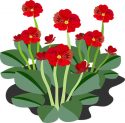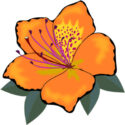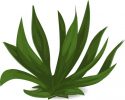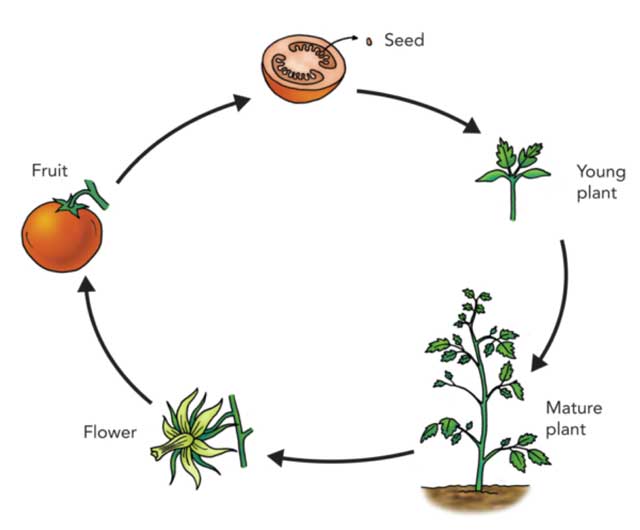 A life cycle is a continuously repeating process from birth to death of a living organism. It defines how living things begin their lives, grow to maturity, reproduce, and restart the life cycle. Every living organism follows specific stages of its life cycle. The life cycle stages of plants are different from animals, but the overall process and purpose remain the same.
A life cycle is a continuously repeating process from birth to death of a living organism. It defines how living things begin their lives, grow to maturity, reproduce, and restart the life cycle. Every living organism follows specific stages of its life cycle. The life cycle stages of plants are different from animals, but the overall process and purpose remain the same.
What is a Plant Life Cycle?
Plants follow a specific life cycle process like any other living organism. Most of the Flowering Plants begin their life cycle from a seed, grow, and reproduce to make new seeds that can repeat the life cycle. Plants continuously change internally and externally throughout their life cycle journey. But there are major stages in their life cycle that cause major changes in them.
Stages of a Plant’s Life Cycle
Plants begin their life cycle as seeds, which are dispersed across land by various methods. Once seeds are buried in fertile soil, they germinate and grow their first leaves and Roots. After that, plants keep growing until they reach maturity. At this stage, plants undergo reproduction by pollination and produce new seeds, restarting the cycle.
In short, here are the most important stages that plants undergo:
- Seed
- Germination
- Seedling
- Growing to Maturity
- Reproductive Stage
Seed – 1st Stage

Seeds are the embryos of plants, packed with essential nutrients for early growth. These are encased in a tough outer coating and remain protected until environmental conditions become right for germination.
These seeds are dispersed naturally across the land through flowing water, wind, animals, and even human activity. Once a seed reaches a suitable environment with sufficient moisture and appropriate Temperature, it germinates.
Germination – 2nd Stage
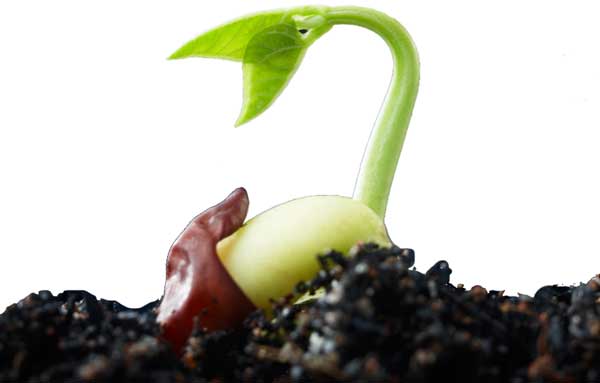 When a seed germinates, it awakens from its dormancy and begins to grow. The germination is triggered by moisture, which softens the outer coating and activates the internal Enzymes. The seed absorbs water and becomes swollen, which breaks the outer coating. The activated enzymes convert the stored nutrients into energy that the embryo can use for growth.
When a seed germinates, it awakens from its dormancy and begins to grow. The germination is triggered by moisture, which softens the outer coating and activates the internal Enzymes. The seed absorbs water and becomes swollen, which breaks the outer coating. The activated enzymes convert the stored nutrients into energy that the embryo can use for growth.
Check out https://science4fun.info/seed-germination/
Seedling – 3rd Stage
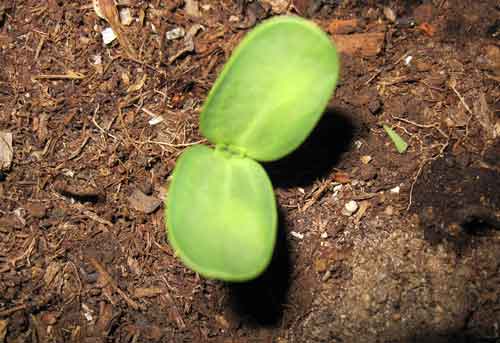
Once germination is complete, the young plant emerges from the Soil and is called a seedling. At this stage, the seed has been broken and the first roots and leaves of the young plant are developed.
The first leaves, known as cotyledons, prepare food for the plant by Photosynthesis. The newly developed roots anchor the plant and absorb necessary nutrients and water from the soil.
As the seedling develops further, it grows a plumule. The plumule is the early stem from which new leaves will develop. At this stage, plants rely less on the stored food and get energy from sunlight and soil resources.
Growing to Maturity – 4th Stage
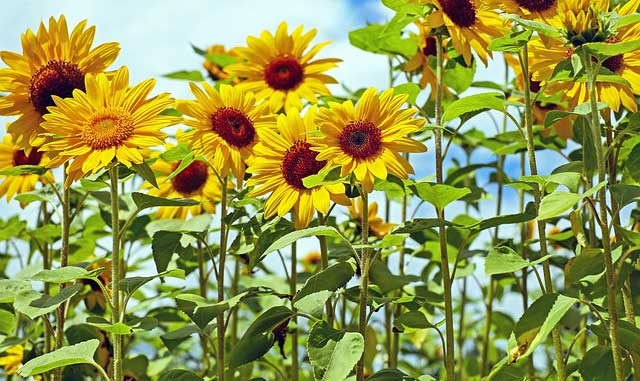
After the seedling stage, the plant’s growth and development continue until it reaches full maturity.
During this stage:
- The plant grows rapidly and develops many new structures.
- Its root system deepens and widens for better support and nutrient absorption. The stem becomes thicker and elongated to support its structures.
- The branches and leaves multiply, which increases the plant’s ability to capture sunlight for photosynthesis.
The plant needs many necessary things for healthy growth, such as water, nutrient-rich soil, air, sunlight, the right temperature, and adequate spacing from other plants. (For details, check How Plants Grow?).
Once the plant reaches maturity, it moves to the next critical stage – reproduction.
Reproductive Stage – 5th Stage
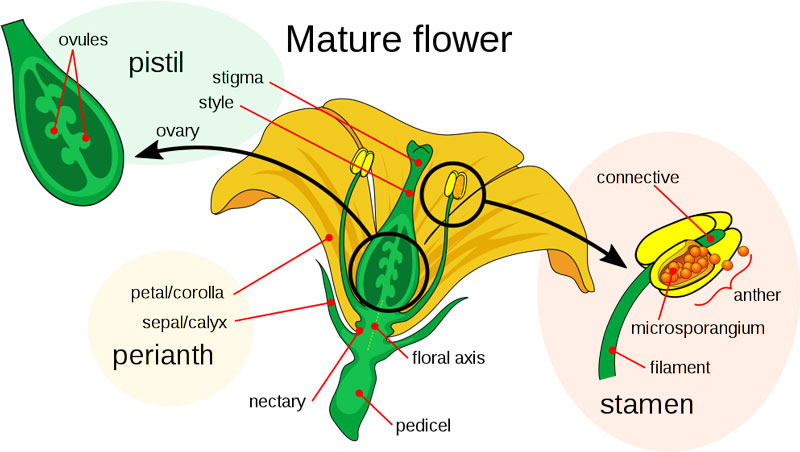 In this stage, the plant develops flowers for the production of seeds. It produces flowers from specialized structures known as determinate Apical Meristem. These are the modified shoot tips that are adapted for reproduction.
In this stage, the plant develops flowers for the production of seeds. It produces flowers from specialized structures known as determinate Apical Meristem. These are the modified shoot tips that are adapted for reproduction.
A typical flower is composed of both male and female reproductive parts:
- Stamen (Male Part): It produces the pollen (a powdery substance), which contains male reproductive cells necessary for fertilization.
- Pistil (Female Part): The pistil is located at the center of the flower and contains the ovary, which houses the ovules (eggs). When the pollen reaches the pistil, fertilization happens, and new seeds are produced.
The pollen from male parts reaches to female parts through wind, insects, and other pollination methods.
Seed Dispersion
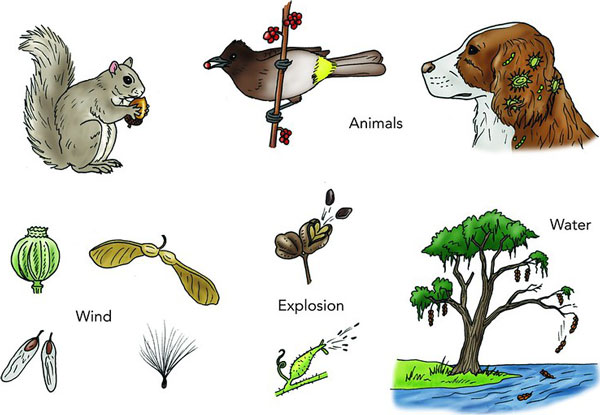 Once seeds are produced, they need to reach new favorable locations where they can germinate and start a new life cycle. This process is known as seed dispersal, and it is essential for reducing competition among plants of the same species. Seed dispersal also helps plants grow in new and far-separated areas.
Once seeds are produced, they need to reach new favorable locations where they can germinate and start a new life cycle. This process is known as seed dispersal, and it is essential for reducing competition among plants of the same species. Seed dispersal also helps plants grow in new and far-separated areas.
Methods for seed dispersion:
- Wind: Strong blows of winds pick the seeds from the plants and carry them away. Moreover, light seeds with wings or fluffy hairs (e.g., dandelions) glide in the air and reach far places.
- Water: When seeds of plants fall into the river and streams, they are carried away to distant places.
- Animals: Fruits of plants are eaten by animals that contain seeds. Later on, animals excrete the seeds at different locations. Also, some seeds are sticky and get hooked to animal fur and feathers. They are carried away by animals and fall off later.
Pollination Methods
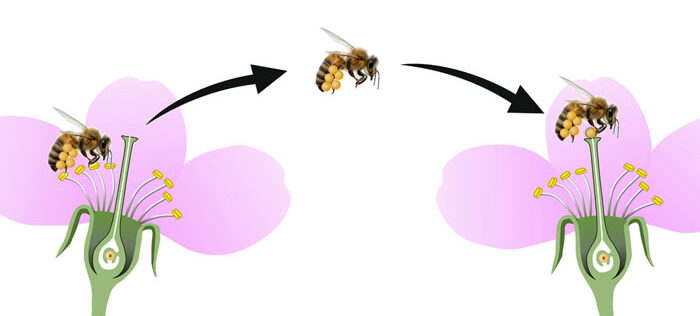
Pollination is the vital process by which pollen reaches the pistil (female part) from the stamen (male part) happens through several methods:
- Insect Pollination: Insects, such as butterflies, bees, and beetles, are attracted to flowers for their bright colors and sweet nectar. These insects move from one flower to another and unintentionally carry pollen on their bodies. This way, the pollen is transferred within the same flower and to other flowers.
- Wind Pollination: Many plants, such as trees and grasses, depend on wind to carry their lightweight pollen. It is because these plants don’t produce an attractive scent or sweet nectar. These plants produce pollen in large amounts to increase their chances of successful pollination during strong winds.
- Animal Pollination: Animals, including birds and land animals, also play a role in pollination, similar to insects. They visit the plants for food and carry the pollen that sticks to their bodies. They transfer pollen from the stamens to the pistils while moving between plants and their flower.
What about Seedless Plants?
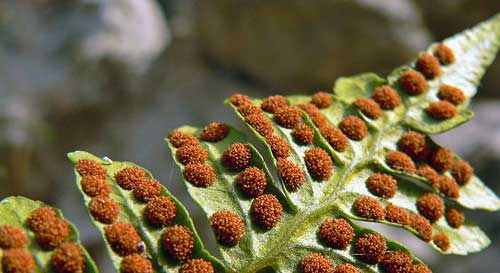
Many plants don’t produce flowers or seeds for their reproduction. Instead, they grow from the spores of their parent plants. Spores are dust-like, tiny reproductive units that are formed by the parent plant. The new plants grow from these spores when the environment is moist and the temperature is favorable.
See Non-Flowering plants for further information.
FAQs
What is Self-Pollination and Cross-Pollination?
In self-pollination, the pollen from the anther reaches the stigma in the same flower, or a different flower in the same plant. However, cross-pollination is a bit different. It happens when the pollen from the anther of one plant reaches the stigma of another plant’s flower having the same species. Both of these processes can happen naturally as well as artificially.
What is the Asexual Reproduction of Plants?
The plants that grow without fertilization are called asexually reproduced plants. Asexual reproduction can occur through fragmentation, spores, budding, and vegetative propagation. Potatoes are a famous example of the asexual reproduction of plants.
What is the Alternation of Generations?
The life cycle of plants is divided into two main phases: the haploid and the diploid. These two phases of the plant life cycle can also alternate, and this process is called the alternation of generations.
The alternation of generations is the primary type of life cycle in plants. In this life cycle, the haploid sexual phase (gametophytes), which consists of only a single set of chromosomes, turns into a diploid asexual phase (sporophytes), which contains two sets of chromosomes. Both haploid and diploid are multicellular, and their cells split by meiosis and mitosis processes of cell division, respectively. This alternation of generation is not only common in plants but also found in algae and Fungi.
Interesting Facts
- The Great Basin bristlecone pine is the longest-living plant found in the world. Its age is measured to be around 5,056 years.
- Coco de Mer is the seed of a palm tree, it can weigh about 18 Kg (40 pounds) and reach a height of 12 feet.
- Rose, Jasmine, and Lily are the strongest-smelling flowers.
- When a seed is not germinating, it is in a dormant state. In this stage, it is no more than dead stuff.
